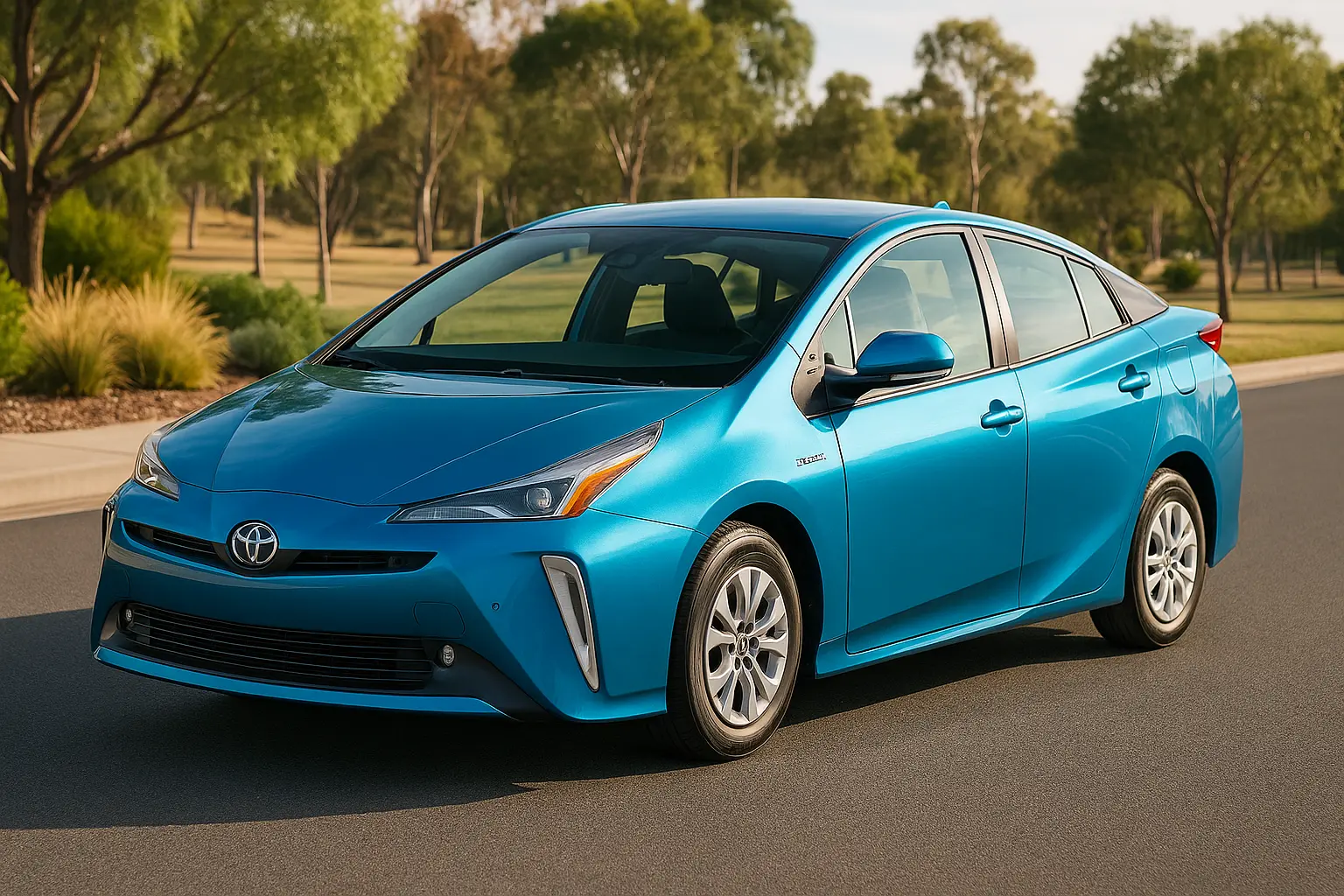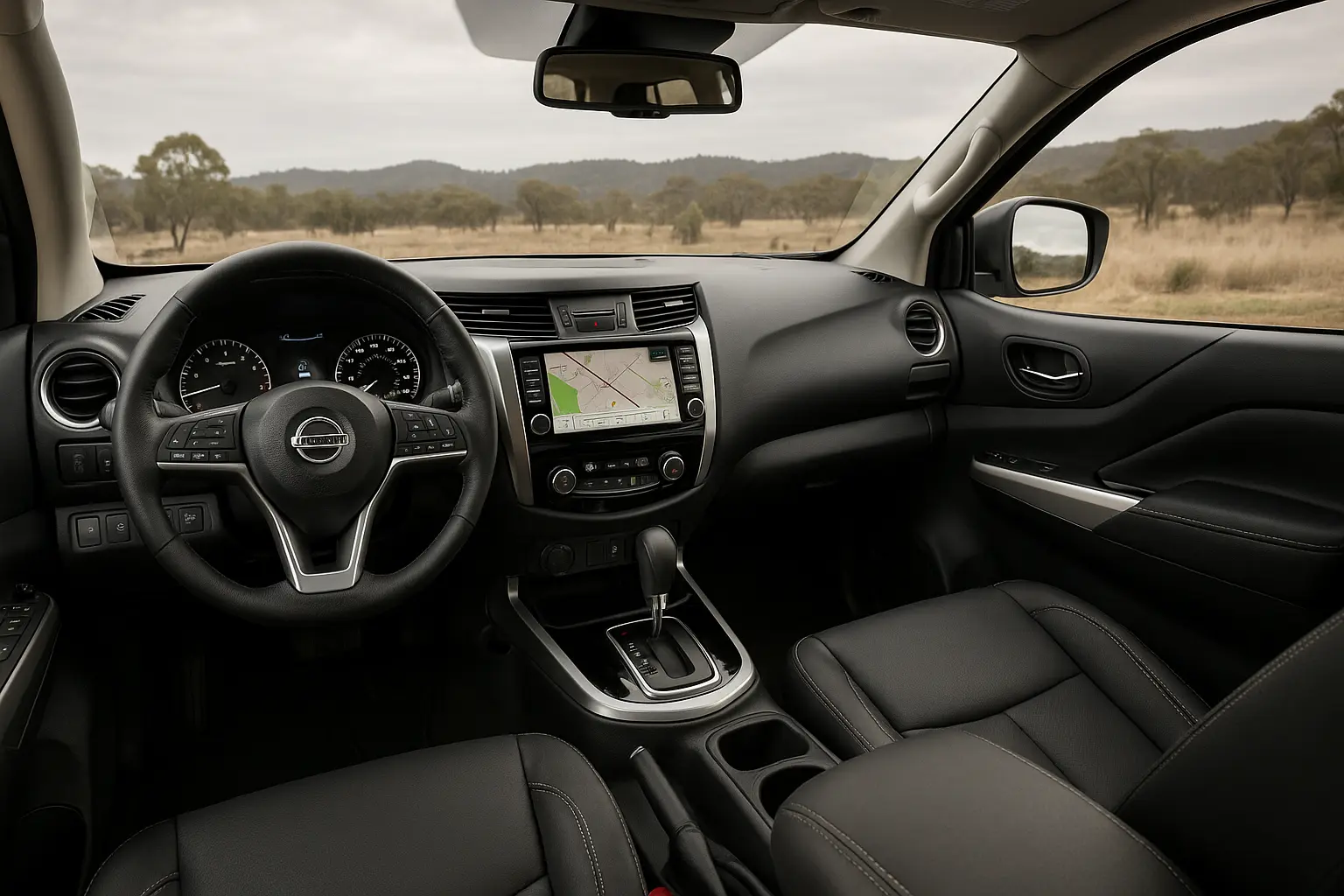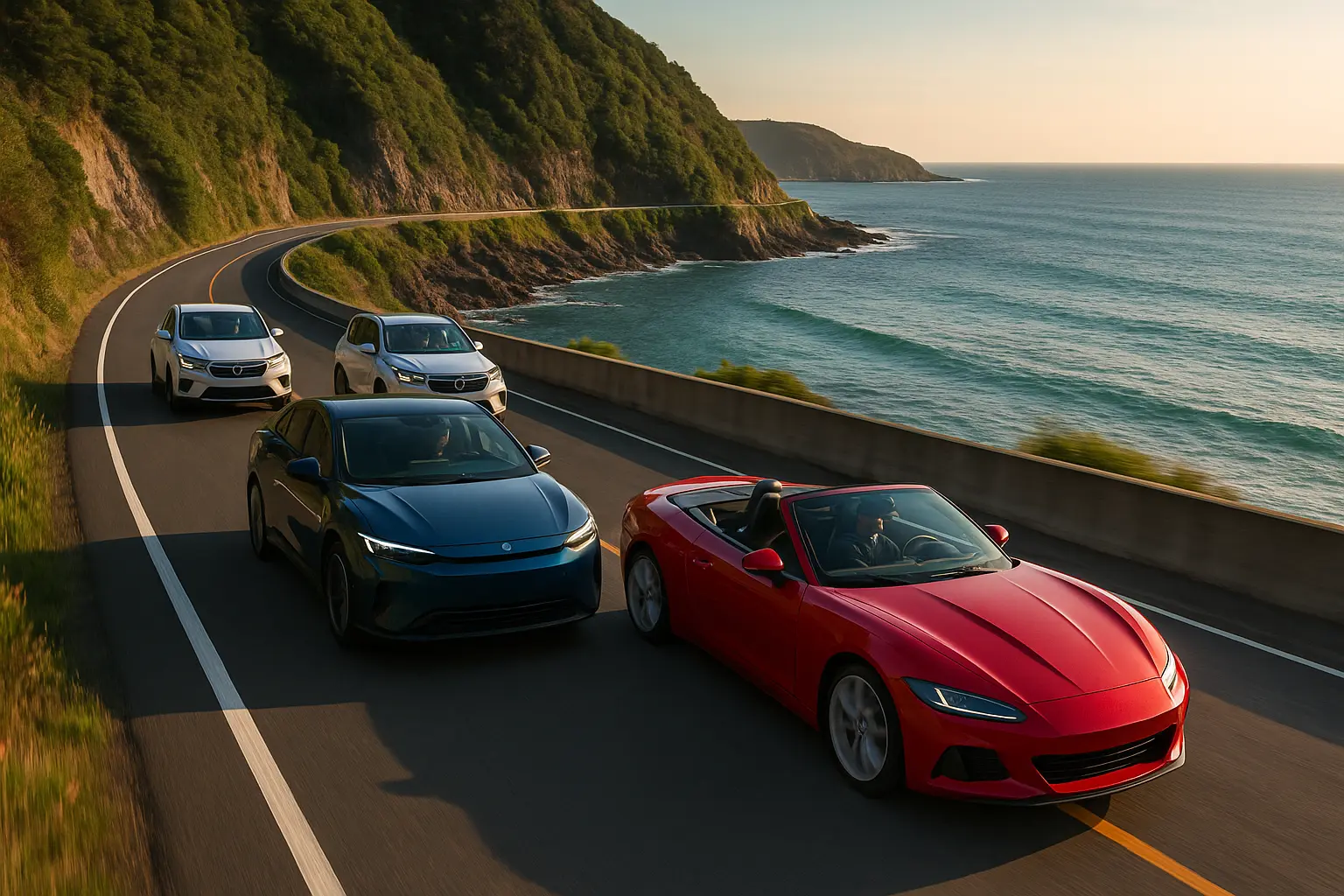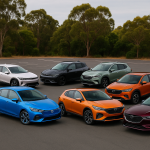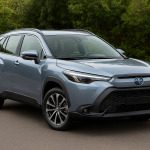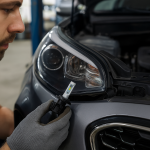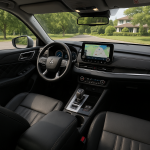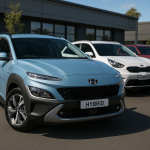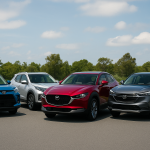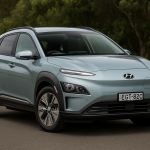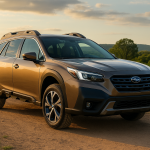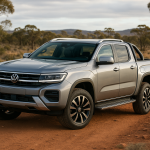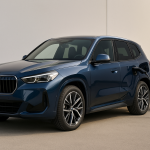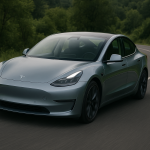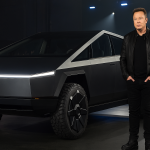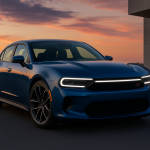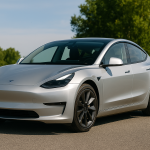Fuel costs are one of the biggest ongoing expenses for car owners in Australia. Whether you’re commuting through city traffic, heading out on long highway drives, or managing the rising price of petrol and diesel, choosing a fuel-efficient car can save you thousands of dollars over the years. Modern vehicles—from compact hatchbacks to hybrids, diesels, and even some SUVs—are engineered with fuel economy in mind, offering Australians a wide range of choices.
This comprehensive guide explores the best fuel-efficient cars in Australia for 2025 and beyond. We’ll cover petrol, diesel, hybrid, and electric options, explain the factors that influence efficiency, and break down the top models to consider based on your budget, driving style, and lifestyle needs.
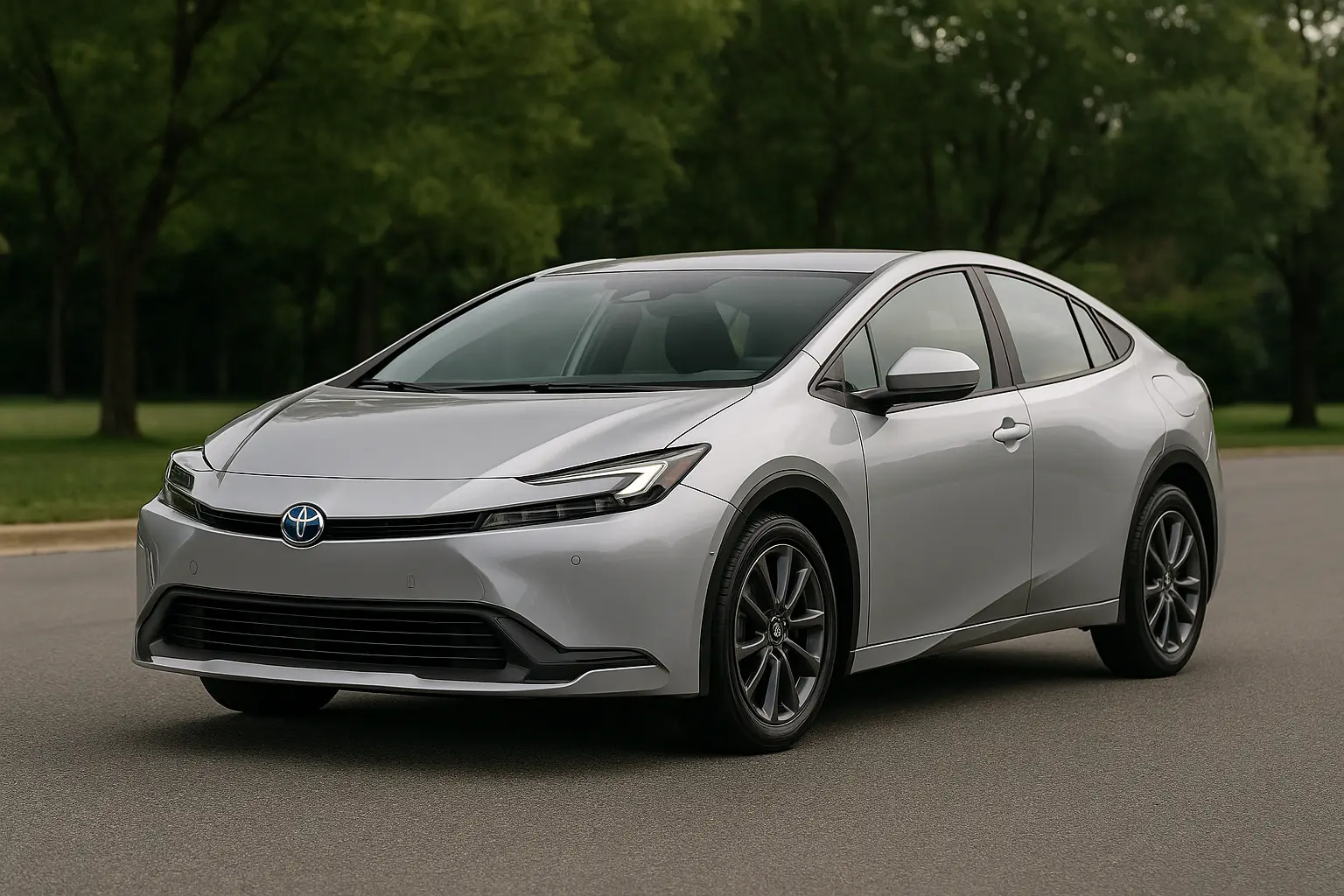
Why Fuel Efficiency Matters in Australia
Australia has unique driving conditions that directly affect fuel use. City dwellers often face start-stop traffic that eats into fuel savings, while rural and regional drivers may travel hundreds of kilometres between towns. Long commutes, harsh climates, and a mix of urban and off-road driving mean Aussies need cars that balance power, reliability, and economy.
With average petrol prices often hovering around $2 per litre in major cities, owning a fuel-efficient car is no longer just an eco-friendly choice—it’s a financial necessity. Fuel efficiency also ties into lower emissions, making it a win-win for cost savings and sustainability.
Key Factors That Influence Fuel Efficiency
When comparing cars for mileage, consider these core factors:
- Engine type – Smaller turbocharged petrol engines, clean diesels, and hybrid systems offer efficiency without sacrificing power.
- Transmission – CVTs (continuously variable transmissions) and modern automatics generally optimise fuel use better than older manuals.
- Weight & design – Lighter cars with aerodynamic shapes naturally sip less fuel.
- Driving mode & technology – Eco driving modes, start-stop systems, and regenerative braking (in hybrids/EVs) significantly improve efficiency.
- Fuel type – Petrol, diesel, hybrid, and electric all have different cost benefits depending on availability and your driving pattern.
Best Petrol Cars for Fuel Efficiency in Australia
For drivers who prefer traditional petrol cars, these models stand out for their excellent mileage.
Toyota Corolla Hatch
The Toyota Corolla has been a favourite among Aussies for decades, thanks to its blend of affordability, reliability, and frugality. The 2.0-litre petrol engine with CVT offers around 6.0L/100km, making it a top choice for city commuters.
Kia Picanto
Perfect for inner-city drivers, the Kia Picanto is compact yet practical. Its 1.2-litre engine returns approximately 5.0L/100km, one of the lowest among petrol cars in Australia.
Mazda 2
The Mazda 2 combines stylish design with economy, averaging around 5.3L/100km. It’s a fun-to-drive small car that still delivers excellent fuel savings.
Best Diesel Cars for Long-Distance Efficiency
Diesel engines remain popular in Australia, especially for regional and long-distance drivers who need torque and range.
Hyundai i30 Diesel
With figures around 4.7L/100km, the Hyundai i30 diesel is ideal for those clocking up highway kilometres. It balances performance with cost savings.
Peugeot 508 Diesel
For those wanting a European touch, the Peugeot 508 offers luxury with economy, averaging 4.5L/100km. A stylish sedan with excellent cruising efficiency.
Ford Ranger (Diesel Variant)
Utes aren’t always fuel-friendly, but the Ford Ranger’s 2.0L Bi-Turbo diesel manages respectable efficiency for its class, averaging 7.4L/100km, making it suitable for tradies and long-distance towing needs.
Best Hybrid Cars for Fuel Efficiency
Hybrids have become the sweet spot for Australian buyers—offering the familiarity of petrol engines with the fuel savings of electric assistance.
Toyota Prius
The pioneer of hybrid technology, the Toyota Prius continues to deliver impressive numbers—around 3.4L/100km. It’s not just eco-friendly but wallet-friendly too.
Toyota Camry Hybrid
A favourite among fleets and families, the Camry Hybrid averages 4.5L/100km, proving that larger sedans can still be economical.
Hyundai Ioniq Hybrid
Hyundai’s Ioniq Hybrid delivers around 3.9L/100km and brings stylish design and tech to the hybrid segment, making it a solid Corolla competitor.
Electric Vehicles (EVs) and Efficiency
While EVs don’t consume fuel in the traditional sense, their cost per kilometre is far lower than petrol or diesel. Charging costs vary depending on whether you plug in at home, use solar, or rely on public charging networks.
Tesla Model 3
The Tesla Model 3 remains one of Australia’s best-selling EVs, offering around 490km range per charge. Its “fuel” cost per kilometre is often a fraction of petrol prices.
BYD Dolphin
One of the most affordable EVs in Australia, the BYD Dolphin offers around 400km range with minimal running costs, perfect for budget-minded drivers.
Hyundai Kona Electric
Compact yet practical, the Hyundai Kona Electric provides 484km range and delivers huge savings for urban and regional drivers alike.
SUVs with Strong Fuel Economy
SUVs dominate Australian sales, but they don’t have to be gas guzzlers. Several models offer impressive efficiency.
Toyota RAV4 Hybrid
The RAV4 Hybrid leads the pack, with around 4.7L/100km—excellent for a mid-size SUV. It’s one of Australia’s top-selling cars for good reason.
Honda CR-V Hybrid (2025)
Honda’s hybrid CR-V is designed with Aussie families in mind, delivering efficiency and practicality with averages under 5.0L/100km.
Mitsubishi Outlander Plug-In Hybrid (PHEV)
With short-range daily driving done in electric mode and petrol backup for longer trips, the Outlander PHEV can cut fuel use dramatically for city families.
Hatchbacks for City Fuel Efficiency
Hatchbacks remain the champions of city fuel economy.
- Suzuki Swift – averaging 4.8L/100km, a fun and zippy option.
- Hyundai i20 – around 5.5L/100km, perfect for new drivers and small families.
- Volkswagen Polo – efficient and stylish, with figures near 5.4L/100km.
Sedans for Long Highway Runs
Sedans balance comfort with efficiency, making them excellent for road trips.
- Honda Civic – averages 6.0L/100km, with a reputation for reliability.
- Skoda Octavia – European design and economy at around 5.7L/100km.
- Toyota Camry Hybrid – again shines here, proving it’s one of the best long-distance cars for efficiency.
Practical Tips for Maximising Fuel Efficiency
Even the most efficient cars won’t save you money unless you drive smart. Here are practical tips every Aussie driver should adopt:
- Maintain tyre pressure – Under-inflated tyres increase drag and waste fuel.
- Avoid heavy acceleration – Smooth, gradual driving saves litres over time.
- Service regularly – Clean filters, fresh oil, and tuned engines improve mileage.
- Use cruise control on highways – Helps maintain a steady speed.
- Limit excess weight – Roof racks and boot clutter reduce aerodynamics.
Future of Fuel Efficiency in Australia
With stricter emissions standards, government incentives for EVs, and rising fuel prices, the Australian market is shifting rapidly. Expect more hybrids, plug-in hybrids, and compact EVs to dominate the efficiency conversation in coming years. Manufacturers are racing to deliver cars that balance sustainability with affordability, giving buyers more options than ever before.
Final Thoughts
Fuel-efficient cars aren’t just about saving a few dollars at the pump—they represent smarter ownership, lower emissions, and long-term value. Whether you prefer petrol, diesel, hybrid, or electric, the Australian market offers a wide variety of options to suit every budget and lifestyle.
If your goal is to save on petrol and diesel costs, while still enjoying reliability and comfort, the cars highlighted in this guide are the best starting point.
Leave a comment
Your email address will not be published. Required fields are marked *


